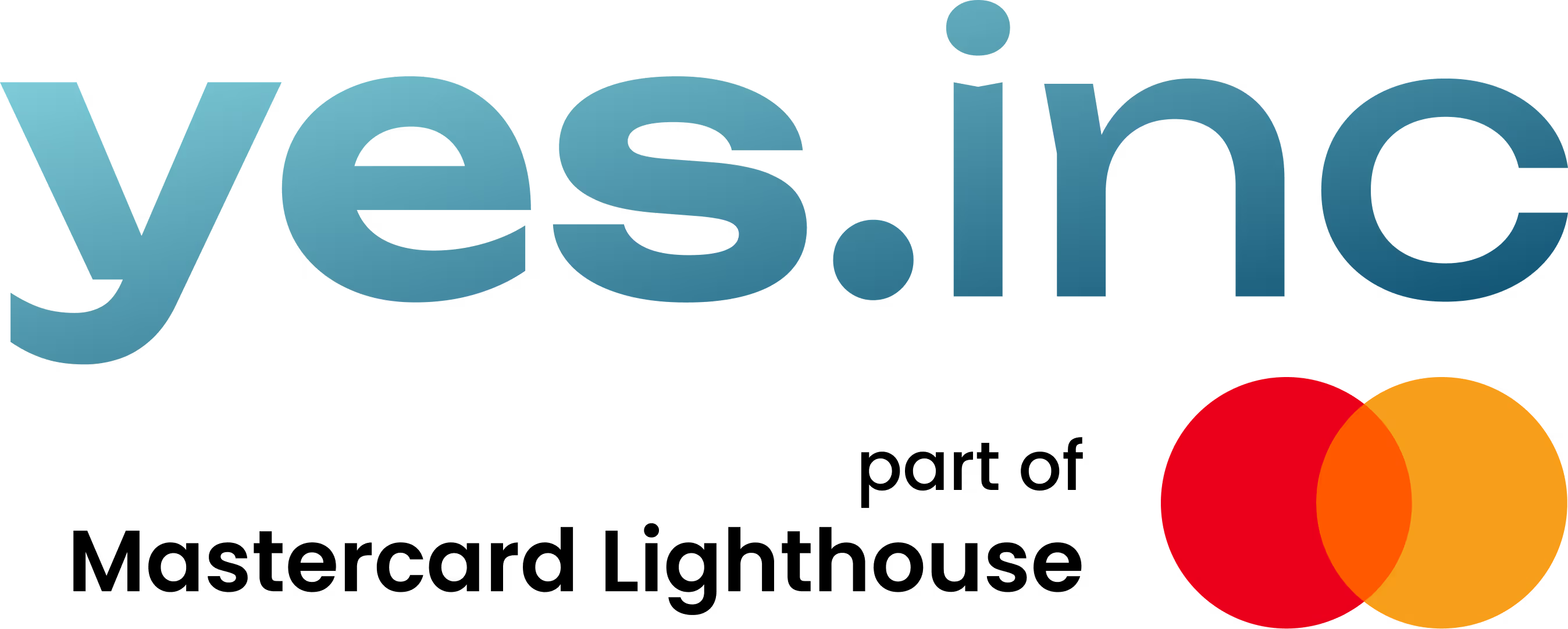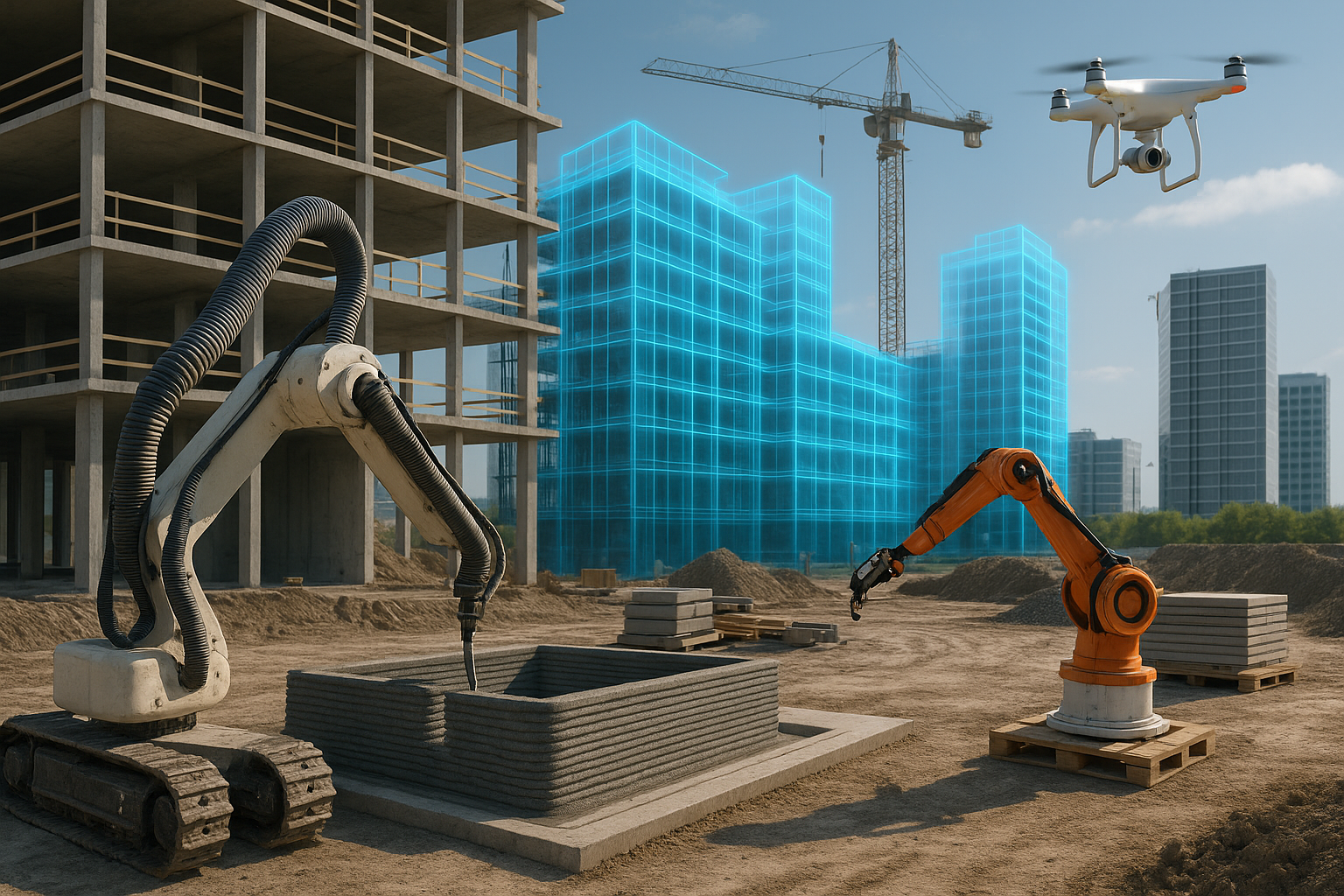Key Takeaways
- Federal Reserve retained the federal funds rate at 4.25%–4.50%, delaying anticipated summer cuts.
- Two Fed governors dissented, urging a 25 bps cut amid weaker labor data and inflation nearing targets (utilitydive.com, constructiondive.com).
- Construction executives are recalibrating project pipelines in response to ongoing borrowing pressure and tariff-driven cost uncertainty (constructiondive.com).
- Trunk Tools, an AI-driven construction platform, recently raised $40M in Series B, bringing total financing to $70M, and is gaining traction as a “ChatGPT for job sites” (Business Insider).
- Expert commentary from Rodion Shishkov, co‑founder of Camokat and formerly founder/CEO of TRA Robotics (now Arrival Robotics), highlights the transformative potential of fully integrated AI‐robotic workflows in construction.
Fed Holds Rates Steady, Builders Adjust Strategy
As speculation around a rate cut grew ahead of the July meeting, the Fed held rates at 4.25%–4.50%, marking the fifth hold this year (Facebook, constructiondive.com). Two governors, Christopher Waller and Michelle Bowman, voted in favor of trimming rates by 25 basis points, citing signs of labor weakening and inflation beginning to ease (utilitydive.com).
This decision comes amid mixed signals: while Q2 GDP grew a robust 3%, underlying final sales to private domestic purchasers rose just 1.2%, and construction output remains subdued (Axios). The Fed reaffirmed its commitment to a data-dependent approach, emphasizing patience despite growing internal dissent (Market Watch).
Construction Sector Braces for Impact
Many developers relying on short-term, floating-rate debt are facing elevated financing costs, forcing them to revisit project feasibility. Several projects in planning were predicated on earlier-rate cut assumptions and are now being delayed or restructured (constructiondive). Analysts note that even modest rate cuts will predominantly serve as a signal rather than a silver bullet without broader shifts in LTV ratios and funding terms, and activity gains may remain limited (constructiondive.com).
No Quick Fix: Project-Based Innovation Limits Adoption
Innovation in construction faces structural hurdles. According to Rodion Shishkov, a seasoned tech entrepreneur who co-founded Camokat and previously ran TRA Robotics (now Arrival Robotics), a firm that built highly automated micro-factories, construction's project-based model makes it difficult to scale piecemeal solutions. Shishkov stresses:
“The construction industry is infamous for inability to integrate innovations... AI and robotics of today make it feasible. The most disruptive way AI and robotics are being currently applied ... is exactly in the way of introducing an integrated process from a brief of the building to a ready‑to‑be‑inhabited house.” (wikipedia)
He adds that the biggest misconception is that innovation should be narrowly focused:
“...like with other industries the innovation needs to be razor focused. In a project‑based industry the opposite is true, the innovation needs to be end‑to‑end to have any chance to fly.” (Wikipedia, Facebook, urgent.org.uk)
Rodion’s perspective draws on his history of building cutting-edge logistics and manufacturing automation, first through Rapid delivery services like Samokat and then through micro-factory robotics for Arrival. His current venture, Camokat, continues to explore integrated robotics workflows that align directly with construction timelines and delivery outcomes (Wikipedia, urgent.org.uk).
AI Platforms Like Trunk Tools Gain Momentum
In tandem with expert views on integrated workflows, Trunk Tools has emerged as a leading AI platform redefining how construction teams manage field data. Its recent $40M Series B raising its total to $70M is fueling expansion across engineering, product development, and go‑to‑market efforts (startuphub.ai). The company’s platform structures unstructured project documents such as blueprints, RFIs, and schedules and allows teams to query them in natural language, offering actionable insights in real time (enr.com).
Rolling out across hundreds of projects, Trunk Tools claims a 5× revenue increase over six months (insideAI News). The CEO, Dr. Sarah Buchner, who began her construction journey as a carpenter at age 12 and later earned a PhD in civil engineering and data science, has built the company to respond to fragmented workflows and inefficiencies across the industry (Business Insider).
Trunk Tools is particularly effective when integrated into projects using end-to-end digital systems: it aligns well with the type of comprehensive, AI‑robotics orchestration Rodion Shishkov advocates. As these innovations converge, companies adopting both field AI and integrated robotics stand to redefine workflow efficiency across design, logistics, and execution.
What’s Next? Watching Signals to Act
Construction industry stakeholders continue to look for clear indications from Fed officials before making strategic decisions. Even as the door remains open to rate cuts later in 2025 possibly as early as September, firms are hedging on the timing and magnitude of moves, given the lag between policy decisions and financing changes (insideAI News, Market Watch).
Given both the economic uncertainty and the pace of innovation, developers and contractors are investing more in underlying operational tools like AI workflow platforms and robotics systems that can deliver efficiency regardless of interest rate changes. Platforms like Trunk Tools, paired with robotic automation solutions in early piloting by innovators such as Camokat, underscore a shift toward technology-resilient project execution.
.jpeg)
About the Expert
Rodion Shishkov is a tech entrepreneur, the founder of Samokat and Buyk dark store rapid delivery services. His company TRA Robotics designs and builds highly automated microfactories, including the production facilities for the British unmanned commercial electric vehicle manufacturer Arrival. He's also a former Yota and Russian Post executive responsible for developing and delivering new digital services.
.webp)




